How To Choose Nd Filter For Video ?
When choosing an ND filter for video, consider the desired effect and the lighting conditions. Determine the amount of light reduction needed by assessing the exposure and the desired depth of field. ND filters come in different strengths, typically measured in stops (e.g., ND2, ND4, ND8). Select a filter that matches the light reduction required. Additionally, consider the filter's quality and compatibility with your camera lens. Look for filters made with high-quality materials to ensure optimal image quality. Consider the filter's size and thread compatibility with your lens to ensure a proper fit. It may be helpful to read reviews or seek recommendations from other videographers to find a reliable and suitable ND filter for your specific needs.
1、 Understanding ND filter strengths and their impact on exposure.
Understanding ND filter strengths and their impact on exposure is crucial when choosing the right filter for video. ND filters, or neutral density filters, are essential tools for controlling light in videography. They reduce the amount of light entering the camera without affecting the color or quality of the image.
To choose the right ND filter for video, you need to consider the strength of the filter. ND filters come in different strengths, usually measured in stops. The higher the number of stops, the darker the filter and the more light it blocks. Common strengths include ND2, ND4, ND8, ND16, and ND32, with each stop halving the amount of light.
The choice of ND filter strength depends on the shooting conditions and desired creative effect. For example, if you are shooting in bright sunlight and want to achieve a shallow depth of field, a higher strength ND filter like ND16 or ND32 would be suitable. On the other hand, if you are shooting in low light conditions and want to maintain a wide aperture, a lower strength ND filter like ND2 or ND4 may be sufficient.
It is important to note that the latest point of view in choosing ND filters for video is the introduction of variable ND filters. These filters allow you to adjust the strength by rotating the filter, providing more flexibility in different lighting situations. Variable ND filters are becoming increasingly popular among videographers due to their convenience and versatility.
In conclusion, understanding the strengths of ND filters and their impact on exposure is essential for choosing the right filter for video. Consider the shooting conditions and desired creative effect, and don't forget to explore the option of variable ND filters for added flexibility.
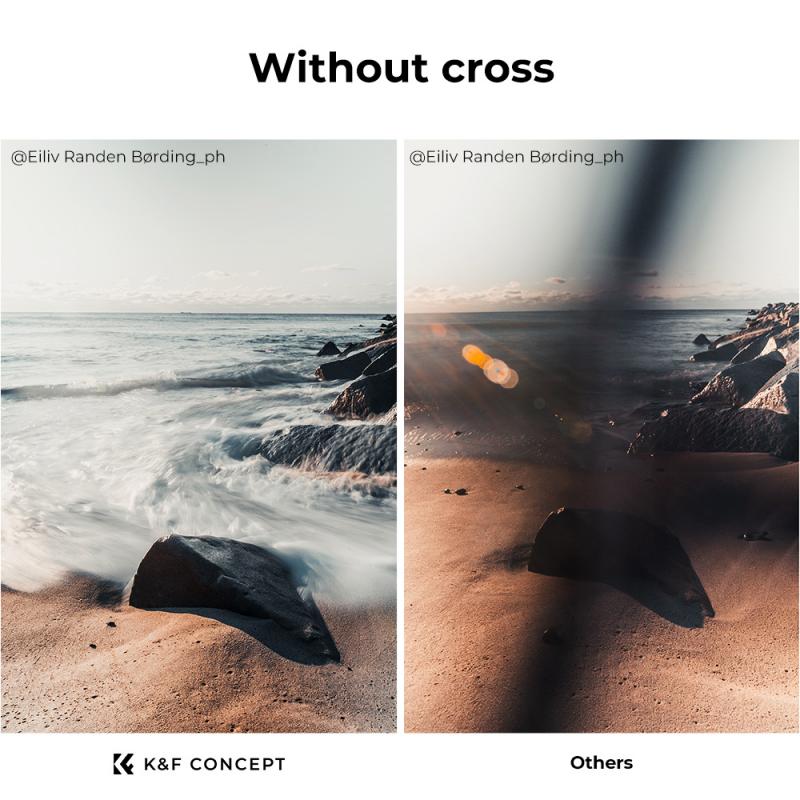
2、 Considering the desired effect and creative possibilities of ND filters.
When it comes to choosing an ND filter for video, there are a few factors to consider. One of the most important considerations is the desired effect and creative possibilities that ND filters can offer.
ND filters, or neutral density filters, are used to reduce the amount of light entering the camera lens without affecting the color or contrast of the image. This allows for greater control over exposure settings, especially in bright conditions or when shooting with a wide aperture.
To choose the right ND filter for video, start by considering the desired effect. Different ND filters have varying levels of light reduction, typically measured in stops. For example, a 1-stop ND filter will reduce the light by half, while a 3-stop ND filter will reduce it by eight times. Understanding the effect you want to achieve will help determine the appropriate level of light reduction.
Additionally, consider the creative possibilities that ND filters can offer. For example, using a higher stop ND filter can allow for longer exposure times, resulting in motion blur effects for moving subjects like waterfalls or traffic. On the other hand, a lower stop ND filter can be used to achieve a shallow depth of field in bright conditions, creating a more cinematic look.
It's also worth noting that the latest point of view on ND filters for video is the increasing popularity of variable ND filters. These filters allow for adjustable light reduction by rotating the filter, providing greater flexibility in different lighting conditions.
In conclusion, when choosing an ND filter for video, consider the desired effect and creative possibilities that ND filters can offer. Understanding the level of light reduction needed and exploring the latest options, such as variable ND filters, will help you make an informed decision for your video shooting needs.
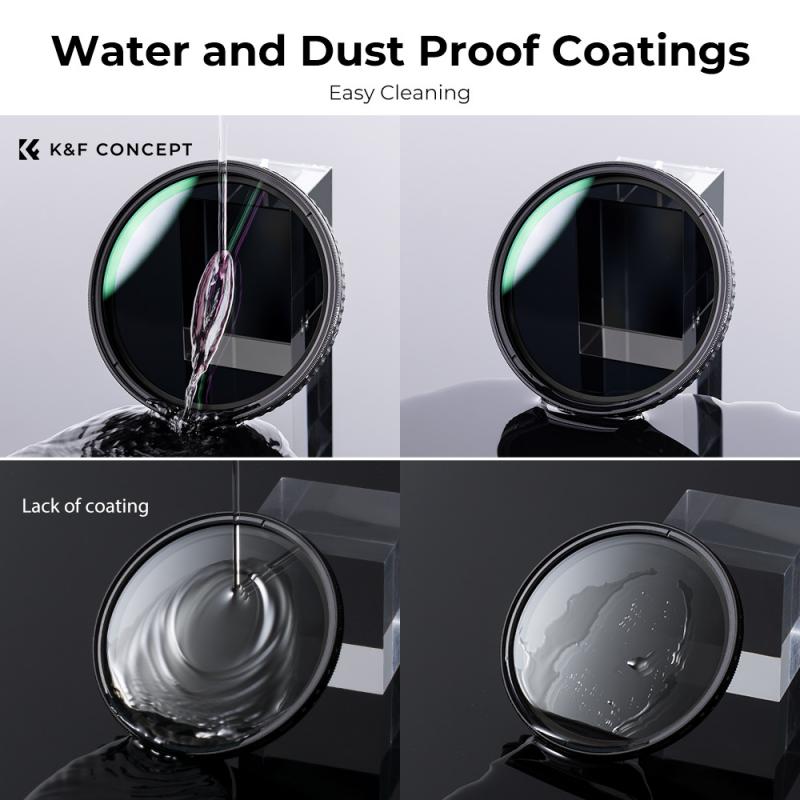
3、 Evaluating the compatibility of ND filters with your camera lens.
When it comes to choosing an ND filter for video, there are a few factors to consider. One of the most important aspects is evaluating the compatibility of the ND filter with your camera lens. Here are some points to keep in mind:
1. Filter Size: Check the diameter of your lens to determine the appropriate filter size. Most lenses have the filter size mentioned on the front or in the lens specifications. Ensure that the ND filter you choose matches the size of your lens.
2. Filter Type: There are various types of ND filters available, such as screw-on filters, square filters, and variable ND filters. Each type has its advantages and disadvantages. Screw-on filters are easy to use and portable, while square filters allow for more flexibility in adjusting the position of the filter. Variable ND filters offer adjustable density but can sometimes introduce color casts.
3. Filter Density: ND filters come in different densities, indicated by the number of stops they reduce the light. Common densities include ND2, ND4, ND8, and ND16. The choice of density depends on the lighting conditions and the effect you want to achieve. For bright outdoor conditions, a higher density filter like ND16 may be suitable, while for indoor or low-light situations, a lower density filter like ND4 may be sufficient.
4. Quality and Price: Consider the quality of the ND filter. Cheaper filters may introduce color shifts or reduce image sharpness. It is advisable to invest in a good quality filter from a reputable brand to ensure optimal image quality.
5. Latest Point of View: With advancements in camera technology, some cameras have built-in ND filters. These cameras allow you to electronically adjust the ND filter within the camera settings. This eliminates the need for physical ND filters, providing more convenience and flexibility.
In conclusion, when choosing an ND filter for video, evaluating the compatibility with your camera lens is crucial. Consider factors like filter size, type, density, quality, and price. Additionally, stay updated with the latest camera technology that may offer built-in ND filters for added convenience.
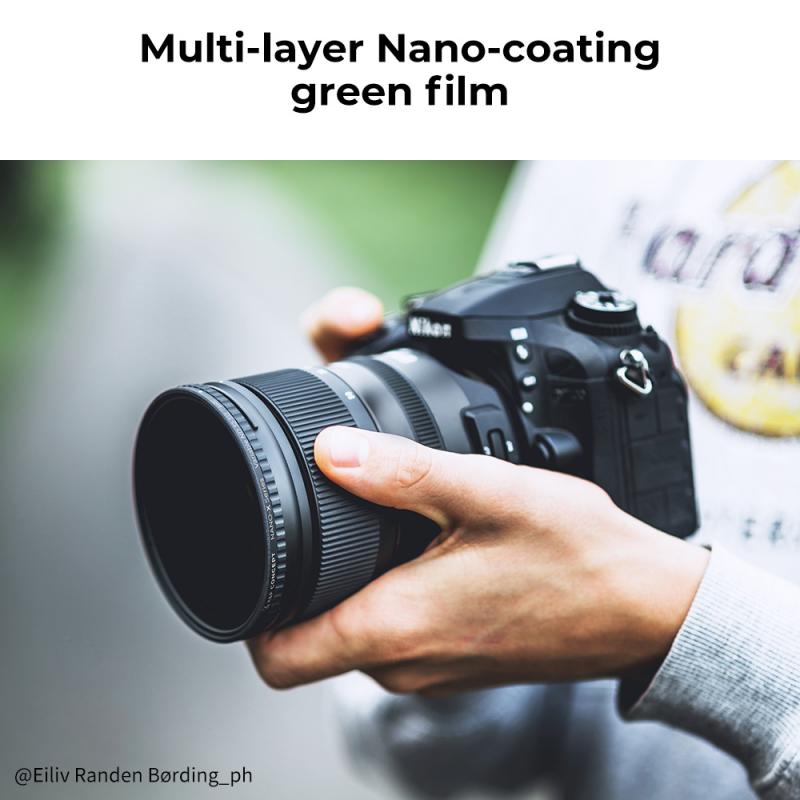
4、 Assessing the quality and reputation of different ND filter brands.
When it comes to choosing an ND filter for video, there are a few factors to consider in order to make an informed decision. One important aspect is assessing the quality and reputation of different ND filter brands. Here are some points to consider when evaluating ND filter brands:
1. Research and Reviews: Start by conducting thorough research on different brands. Look for reviews and feedback from professional videographers and photographers who have used the filters. Online forums, photography websites, and social media platforms can be valuable sources of information.
2. Optical Quality: The optical quality of an ND filter is crucial for maintaining image sharpness and color accuracy. Look for filters made from high-quality materials, such as multi-coated glass, which helps reduce reflections and flare.
3. Density Accuracy: ND filters come in different densities, measured in stops. It is important to choose a filter that accurately reduces the amount of light entering the lens. Some brands may have inconsistencies in their density ratings, so it's essential to check for accuracy.
4. Color Cast: Some ND filters may introduce a color cast to the image, resulting in a shift in color accuracy. Look for filters that are known for their color neutrality, ensuring that the filter does not alter the colors in your video.
5. Price and Value: Consider your budget and the value you expect from the filter. While it's tempting to opt for cheaper options, compromising on quality may affect the overall image quality. Strike a balance between price and performance.
6. Latest Point of View: Stay updated with the latest advancements and innovations in ND filter technology. Newer brands may offer improved features or address previous issues. Keep an eye on industry news and expert opinions to make an informed decision.
Ultimately, choosing an ND filter for video requires careful consideration of the brand's reputation, optical quality, density accuracy, color neutrality, price, and the latest advancements. By assessing these factors, you can select an ND filter that meets your specific video needs and delivers high-quality results.
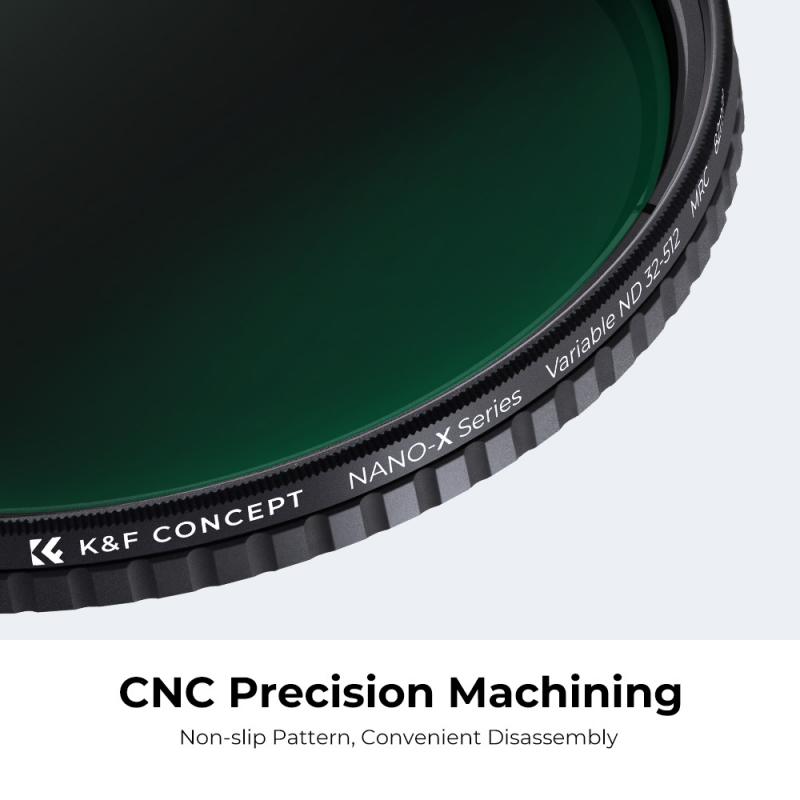






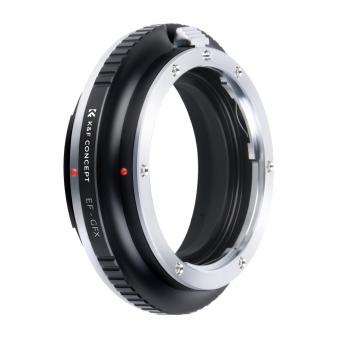
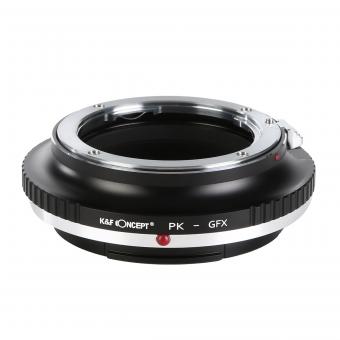
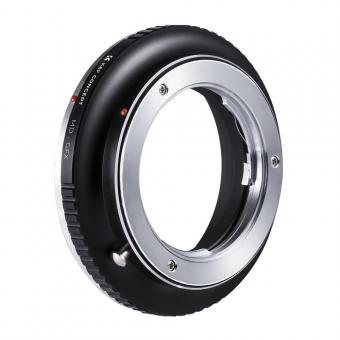
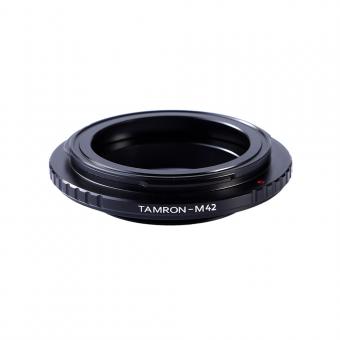
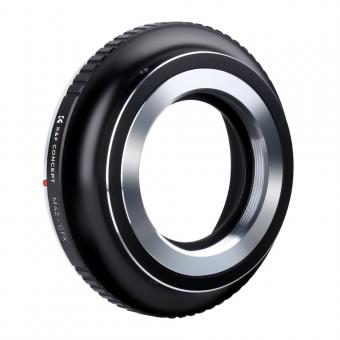


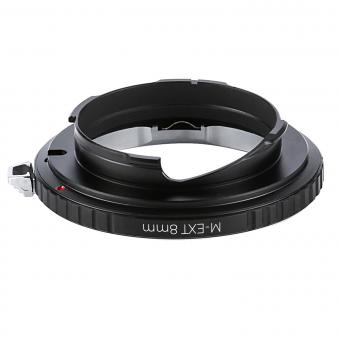


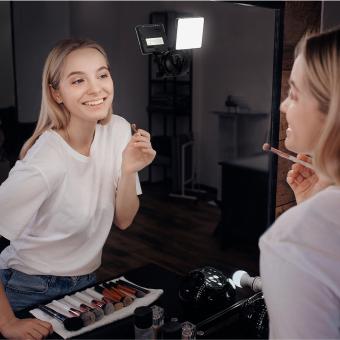




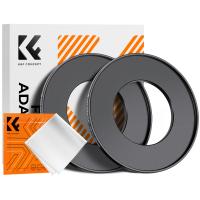
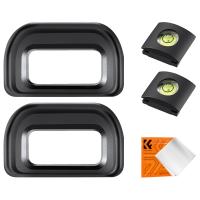


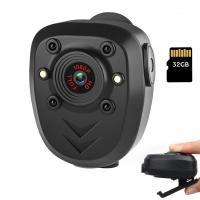

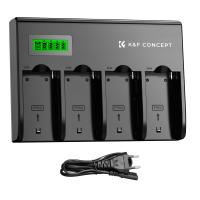

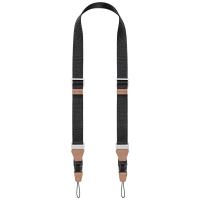



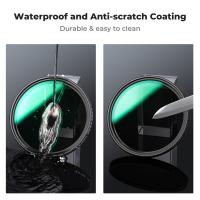

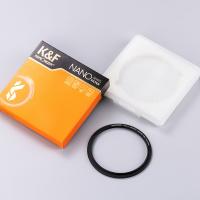


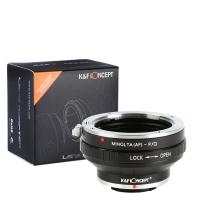

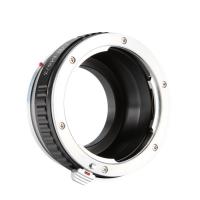
There are no comments for this blog.